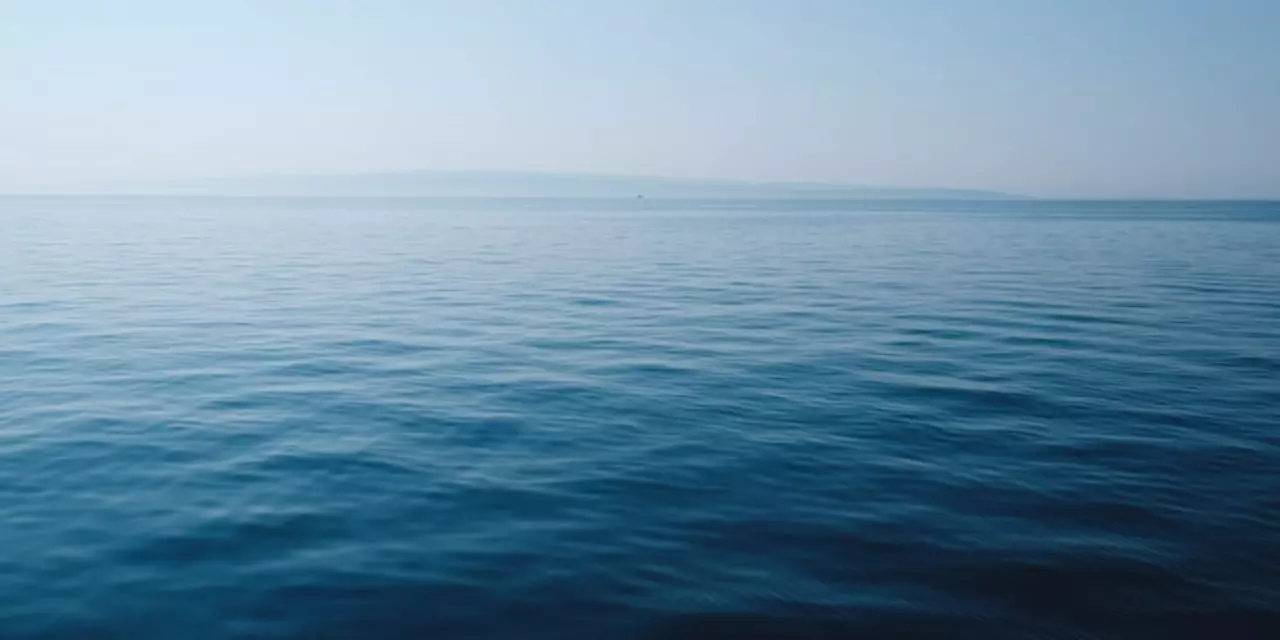Sea Shanties – What They Are and Why They Matter
If you’ve ever heard a sailor’s chant echoing across a dock, you’ve heard a sea shanty. These are work songs that helped crews sync their movements on old sailing ships. A short, steady rhythm made hauling ropes, raising sails, or turning a capstan feel like a group workout rather than endless toil.
What Are Sea Shanties?
Sea shanties are simple melodies with a call‑and‑response structure. One person, the “shantyman,” sings a line, and the crew answers with a chorus. The pattern repeats as the task continues. The beat matches the rhythm of the work – a pull, a push, a turn. Because everyone could learn the words quickly, even aboard a noisy ship, the songs boosted morale and cut the feeling of isolation.
There are a few main types:
- Capstan shanties – sung while turning a capstan, usually slower with a steady beat.
- Halyard shanties – used for raising sails, often faster to match the pull.
- Wind shanties – sung during lighter work, more relaxed.
Classic titles include “Drunken Sailor,” “South Australia,” and “Leave Her, Johnny.” Each tells a story – a warning, a joke, or a piece of sailor folklore.
How to Join a Shanty Sing‑Along
Want to try a shanty yourself? Start with a song that’s easy to remember, like “Drunken Sailor.” Listen to a recording, notice the call “What shall we do with the drunken sailor?” and the response “Early in the morning.”
When you’re with a group, let the lead singer set the tempo. Keep your voice steady – shanties work best when the rhythm doesn’t wobble. You don’t need perfect pitch; the goal is to match the beat and stay in time with the crew.
If you’re at a local pub or a sailing club, ask if they have a shanty night. Many groups welcome beginners and will teach the lyrics line by line. Bring a notebook, write down the verses, and practice the call‑and‑response. The more you sing, the easier it gets.
For solo practice, tap a drum or clap to keep the beat. Sing the call out loud, then repeat the chorus. Recording yourself can help you spot timing issues.
Sea shanties survived because they turned hard work into shared fun. Today, they’re a bridge between history and modern music lovers. Whether you’re on a boat, at a party, or just humming in the kitchen, the simple rhythm can lift anyone’s spirits.
So next time you hear a chant about a drunken sailor, join in. Feel the beat, sing the chorus, and remember you’re part of a tradition that kept sailors moving forward for centuries.
What are some good sea shanties?
Sea shanties are traditional songs that were sung by sailors in the past. They were used to accompany hard labor, such as raising sails and pulling ropes, and to pass time during long voyages. The melodies are usually simple and repetitive and often have a call-and-response structure. Some popular examples of sea shanties include "Drunken Sailor", "Rolling Home to Old New England", and "Leave Her Johnny". They can be a great way to make a boring task more enjoyable, and are also a way to connect with the history of sailing.
View more